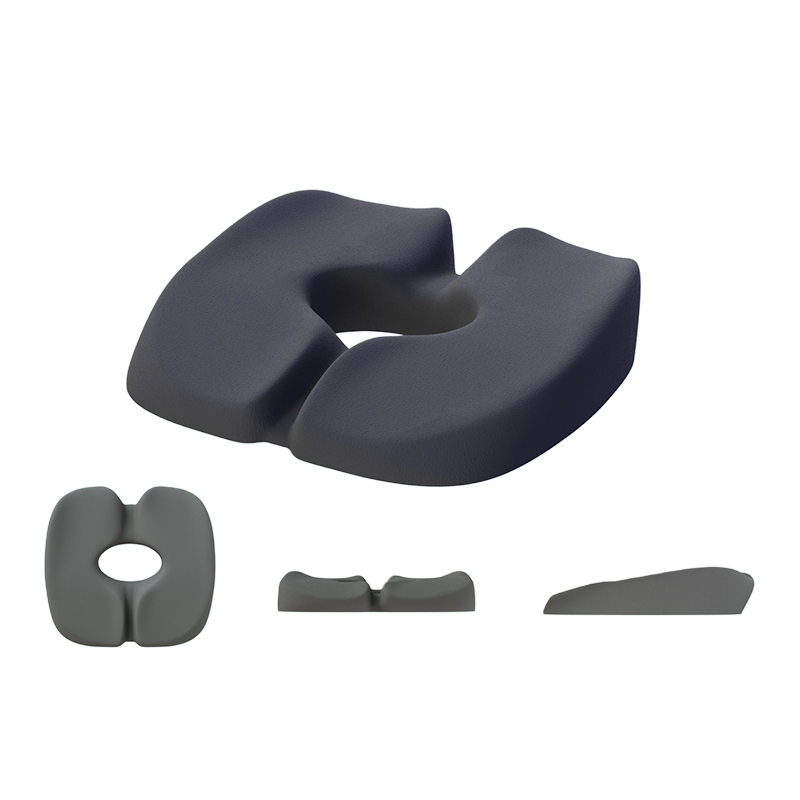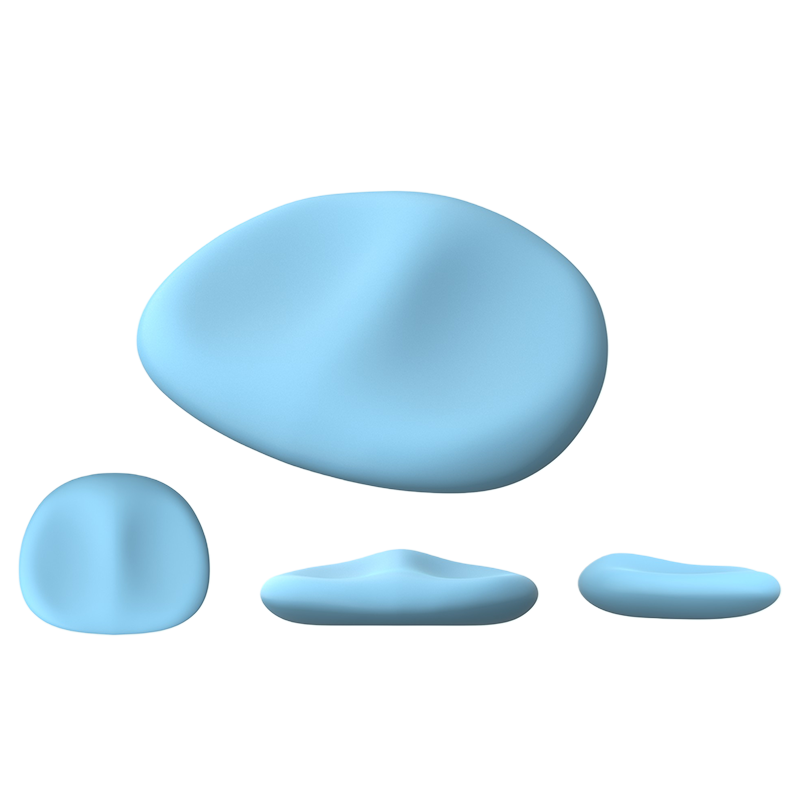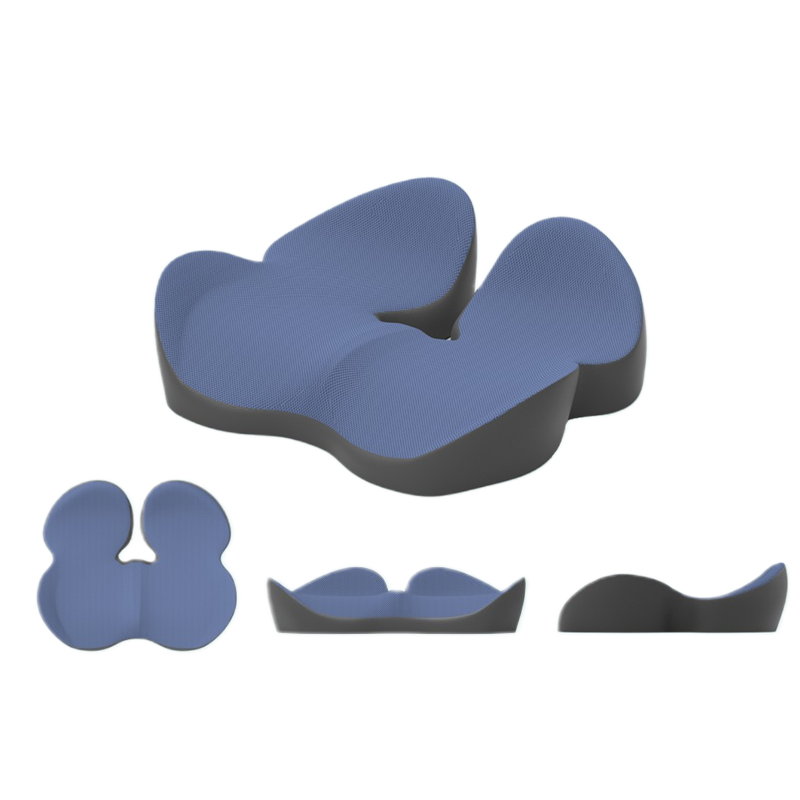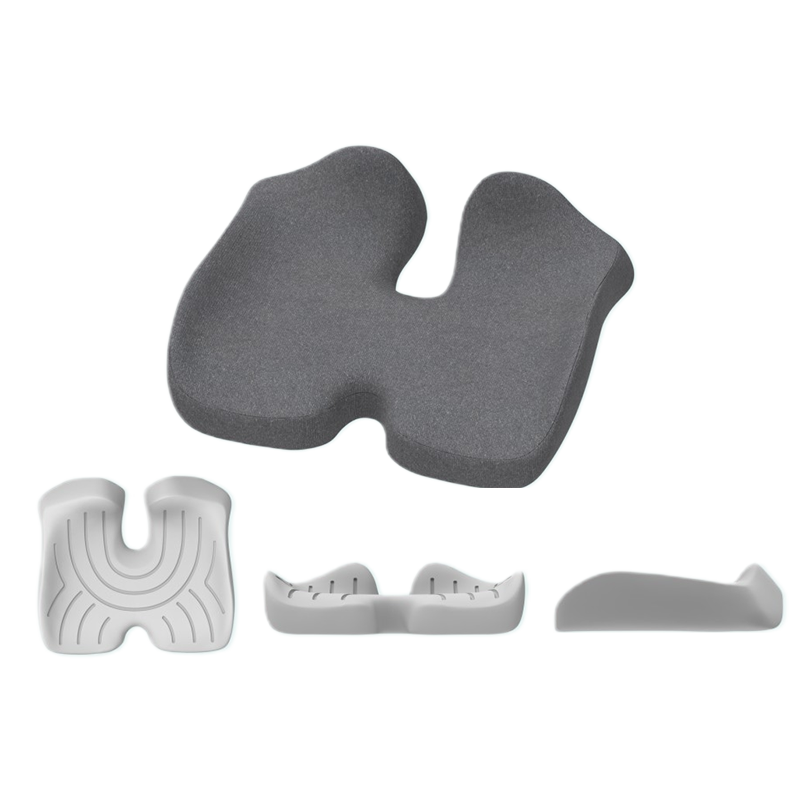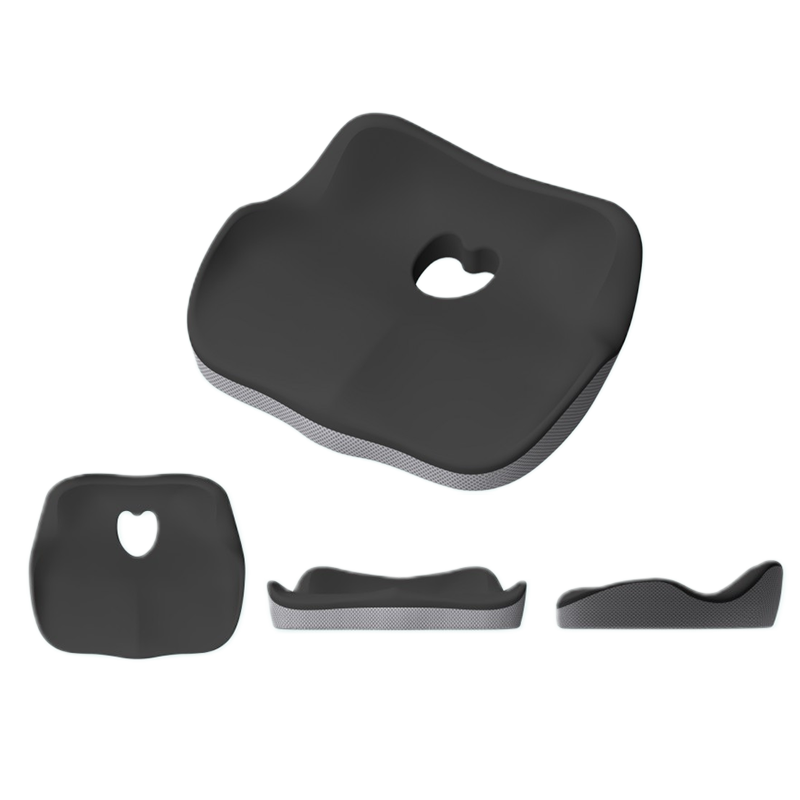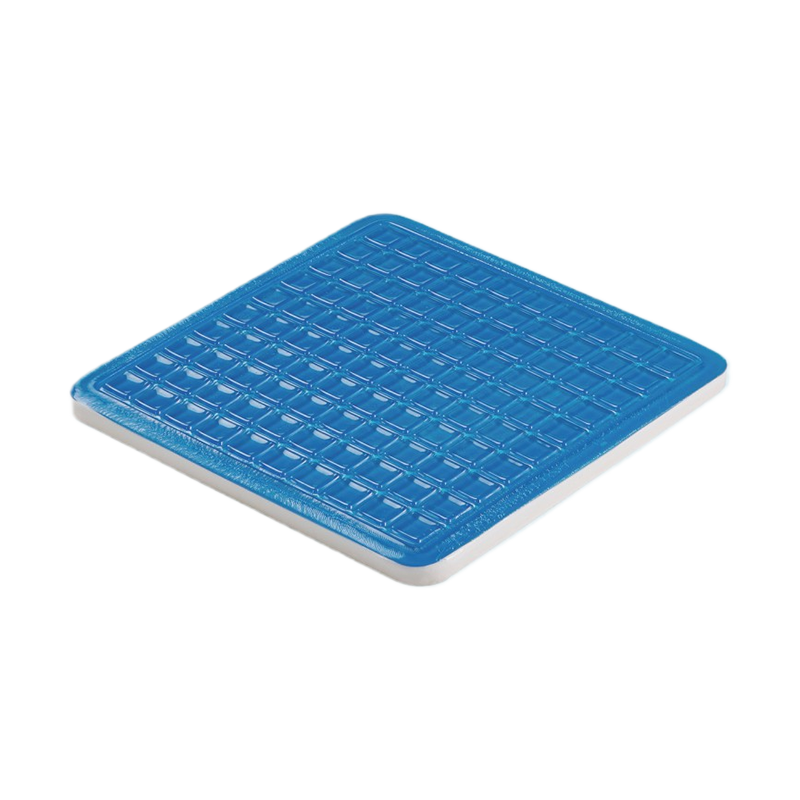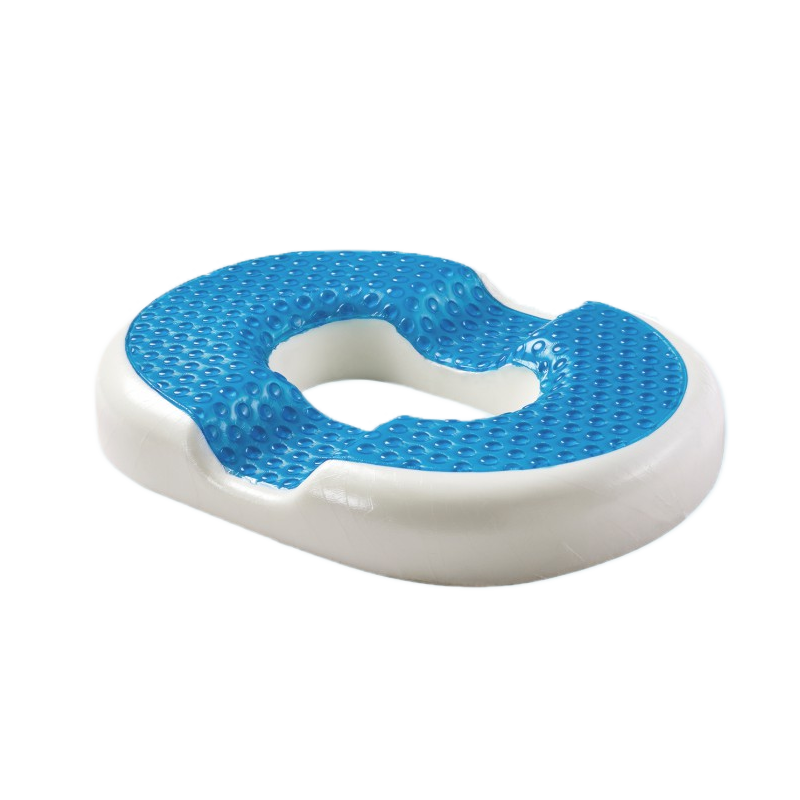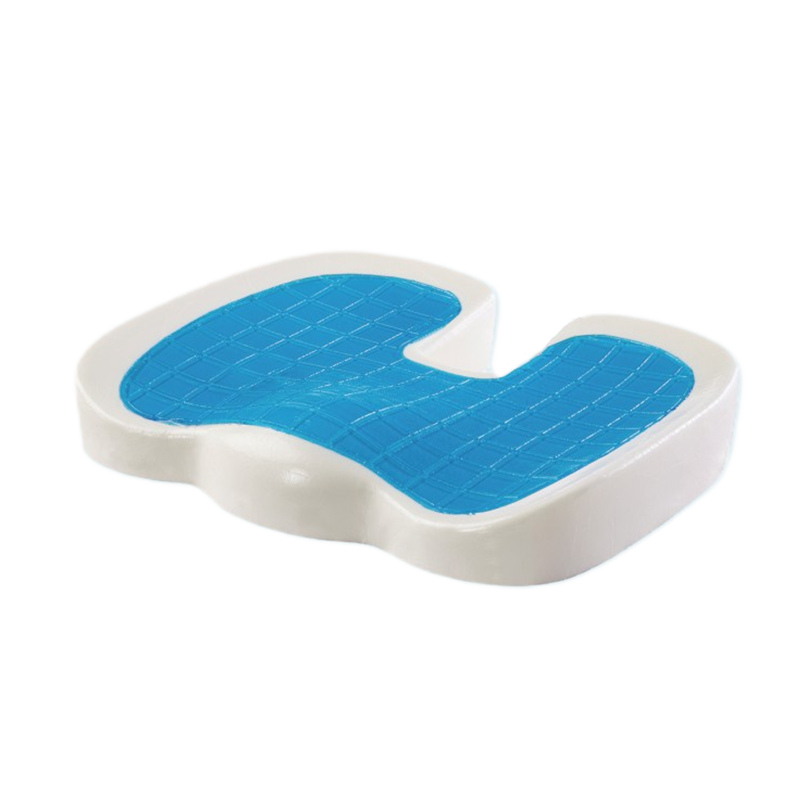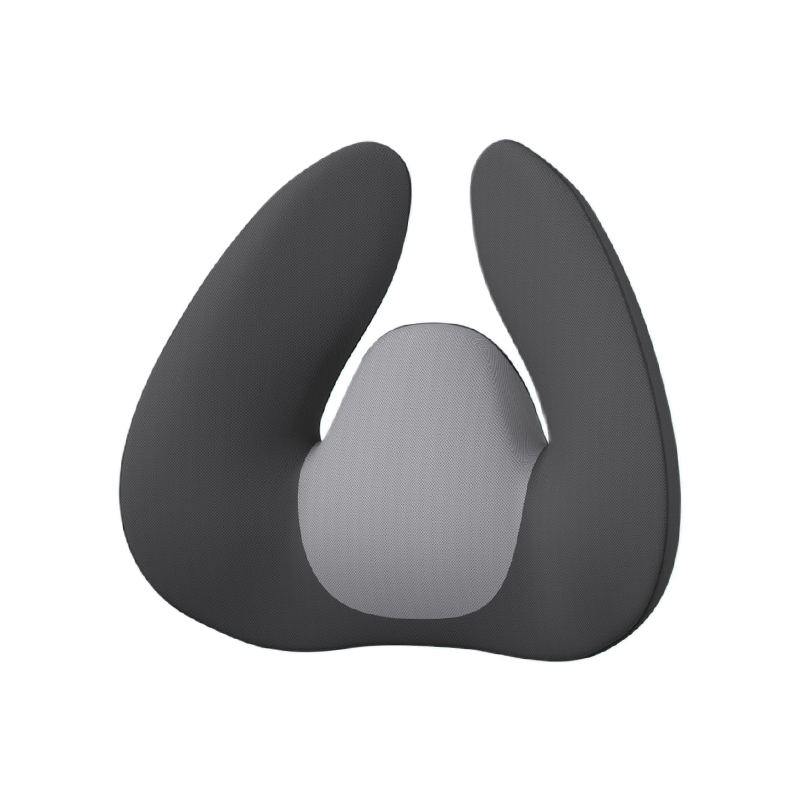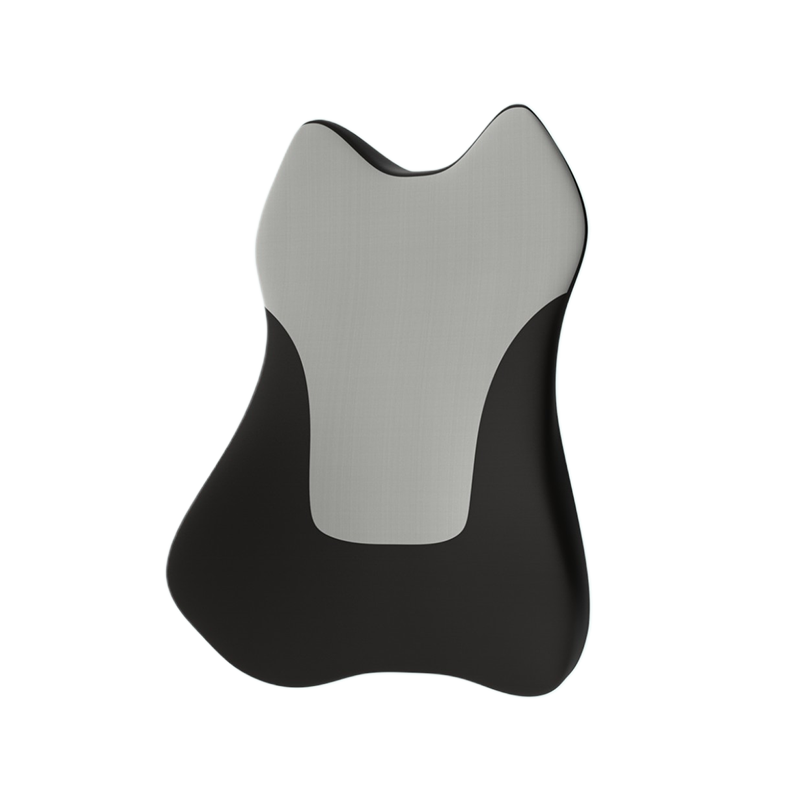Whether the memory foam pillow supports full pillow washing needs to be comprehensively judged based on the material characteristics and product design. Traditional memory foam (such as temperature-sensitive type) is made of polyurethane material. Its open cell structure is highly sensitive to moisture. It is difficult to dry thoroughly after absorbing water, and washing can easily destroy the viscoelasticity of the molecular chain, resulting in reduced resilience or permanent deformation. For example, ordinary memory foam may cause mold and yellowing due to residual moisture after being soaked in water, and even lose support due to damage to the fiber structure.
Some new and improved products (such as non-temperature-sensitive or washable types) have improved their anti-hydrolysis ability by adding pore-opening agents or adjusting the foaming process. In theory, they support partial hand washing or gentle washing, but the product instructions must still be strictly followed. This type of pillow usually requires the use of cold water and neutral detergent to pat the stained area gently, avoid soaking or machine washing, and after washing, it needs to be placed flat in a cool and ventilated place to dry naturally, and use an absorbent towel to press multiple times to accelerate the discharge of water. Do not wring or dry at high temperature.
But in general, washing the entire pillow is risky, especially for traditional memory foam pillows that are not clearly marked as "washable". Washing may cause problems such as internal structure collapse and uneven density. Even if the surface is dry again, its decompression and fit functions may be greatly reduced. For daily cleaning, it is recommended to use a vacuum cleaner to remove dust, baking soda to remove odors, or a slightly damp cloth to wipe the entire pillow, and use a detachable dust-proof pillowcase to reduce pollution penetration. If the pillow is seriously dirty, in most cases it is a safer choice to replace it with a new one rather than risk washing it.
Recommended Products
Products provided by famous enterprises are deeply trusted by users.



 English
English عربى
عربى
